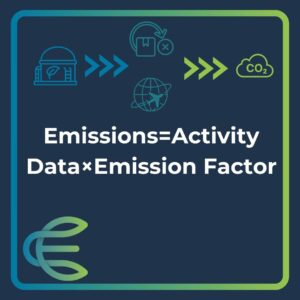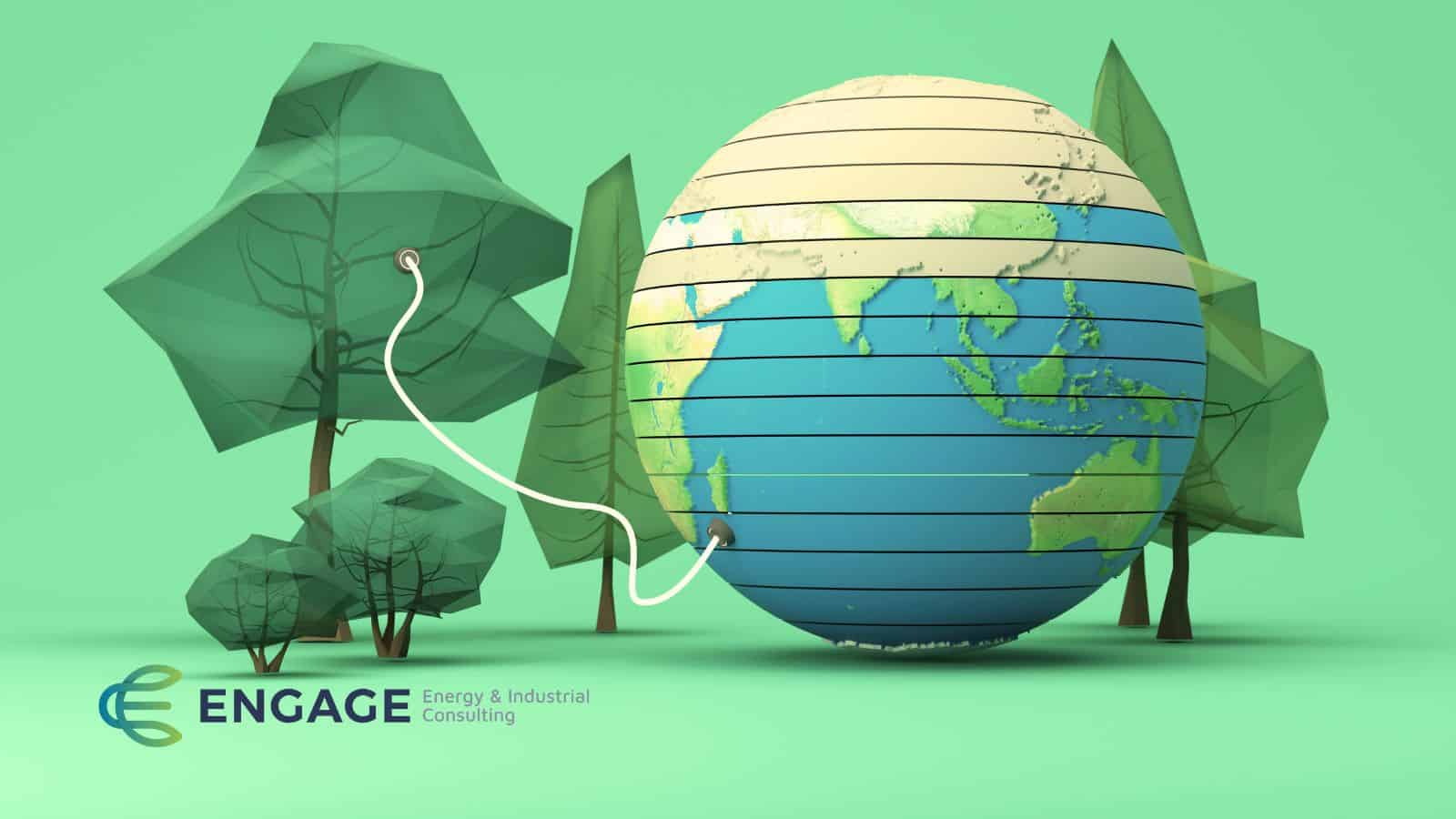What are scope 3 emissions and how do they challenge businesses today? In the quest for sustainability, businesses have increasingly focused on reducing their carbon footprints. While many have successfully tackled direct emissions (Scope 1) and indirect emissions from purchased energy (Scope 2), Scope 3 emissions present a much more complex challenge.
What exactly are Scope 3 emissions? Why are they so critical in the fight against climate change? At Engage Energy and Industrial Consulting, we believe that lowering this third type of emissions is essential in combating climate change. Here is everything you need to know.
What Are Scope 3 Emissions?
Scope 3 emissions are all indirect emissions that occur in a company’s value chain, both upstream and downstream. Unlike Scope 1 (direct emissions from owned or controlled sources) and Scope 2 (indirect emissions from the generation of purchased electricity, steam, heating, and cooling consumed by the company), Scope 3 covers a broad range of activities that are not directly controlled by the company but are nonetheless a consequence of its operations.
Upstream Activities:
Upstream contributing to scope 3 emissions include indirect greenhouse gas that are relevant to business operations. Some of these might include:
- Upstream Emissions
- Purchased goods and services
- Capital goods
- Fuel- and energy-related activities (not included in Scope 1 or 2)
- Upstream transportation and distribution
- Waste generated in operations
- Business travel
- Employee commuting
- Upstream leased assets
Downstream Activities:

Downstream activities can include things like the use of sold products, waste disposal, and end-of-life treatment of products.
Some of the downstream activities may include:
- Transportation
- Distribution
- Processing of sold products
- Use of sold products
- End-of-life treatment of sold products
- Downstream leased assets
- Franchises
- Investments
Scope 3 emissions often represent the majority of a company’s total greenhouse gas (GHG) emissions, making them a critical area for achieving significant reductions.
Why Are Scope 3 Emissions Important?
Scope 3 emissions often account for up to 90% of a company’s total emissions. Addressing these emissions is crucial for any organization committed to a true net-zero strategy. Investors, consumers, and regulatory bodies are increasingly expecting companies to be transparent about their entire carbon footprint, including Scope 3 emissions.
According to Gary Gensler chair of the Securities and Exchange Commission:
“There are far more companies that are already disclosing Scope 1 and 2,” Gensler said during an interview with the Council of Institutional Investors on Monday. Scope 3 disclosures, however, were not “as well developed,” he said.
By identifying this type of emissions, businesses can better manage risks related to their supply chains. These risks could include regulatory compliance risks, physical risks from climate impacts, and reputational risks from failing to act on climate change. Businesses that actively reduce their scope 3 emissions can gain a competitive advantage. Businesses can position themselves as leaders in sustainability, appealing to eco-conscious consumers and investors.
The Challenges in Measuring Scope 3 Emissions:
One of the biggest challenges businesses face today is how to accurately measure emissions. Luckily the EPA has a supply chain Green House Gas Emission spreadsheet you can use to help accurately measure some of these factors. You can view them HERE. It involves a lot to calculate the accurate level of scope 3 emissions. Here are the places where calculations may be difficult to measure on your own.
- Data Collection and Accuracy: Collecting accurate data for Scope 3 emissions can be extremely challenging, given the need to gather information from a wide range of external partners and suppliers.
- Complexity and Scale: The breadth and depth of Scope 3 emissions categories can make it difficult for companies to prioritize which areas to focus on first.
- Lack of Control: Since Scope 3 emissions involve third parties, businesses often have little direct control over these emissions, which complicates efforts to reduce them.
- Standardization: There is still a lack of standardized methodologies for calculating Scope 3 emissions, making it difficult to compare performance across companies or industries.
Reducing Scope 3 Emissions

Today, companies are aiming to reduce emissions for several different reasons. “Reducing Scope 3 emissions can lead to significant cost savings, improved efficiency, and increased innovation across the value chain.”- World Resources Institute If you are not addressing scope 3 emissions you are not closing the circle of sustainability and working towards a net-zero goal.
Here are other ways you can improve the third type of emissions:
- Engage Suppliers: Collaborate with suppliers to improve their energy efficiency and reduce their carbon footprints. This is achieved through supplier engagement programs, setting science-based targets, and providing incentives for sustainability.
- Redesign Products and Services: Rethink product design to minimize emissions throughout the product lifecycle. This can include using sustainable materials, designing for longevity, and making products easier to recycle.
- Innovative Logistics and Distribution: Optimize logistics and distribution networks to reduce emissions. This could involve using more efficient transportation methods, optimizing delivery routes, and investing in lower-emission vehicles.
- Employee Engagement: Encourage sustainable practices among employees, such as remote working, public transportation, or carpooling to reduce commuting emissions.
- Customer Engagement: Educate customers on the environmental impact of their product use and end-of-life disposal and encourage them to adopt sustainable behaviors.
- Carbon Offsetting: While not a solution on its own, carbon offsetting can be part of a comprehensive strategy to mitigate emissions.
Conclusion
While this type of emissions present significant challenges, they also offer substantial opportunities. Companies that aim to make a meaningful impact on global GHG reductions are now targeting this third type of emissions. By taking an initiative-taking approach and engaging all stakeholders—suppliers, employees, customers, and investors—businesses can turn these challenges into opportunities. Opportunities for innovation, efficiency, and leadership in sustainability as a sustainability leader. As awareness of climate change grows, companies that effectively manage their Scope 3 emissions will be better positioned to thrive in a low-carbon economy.
How Can Engage Energy and Industrial Consulting Help You?
As businesses and consumers, we all have a role to play in reducing carbon footprints. If you are a business leader, consider conducting a comprehensive assessment of your businesses emissions. I you need help, that is where Engage Energy and Industrial Consulting can help. We are your strategic partner for identifying opportunities and implementing strategies to reduce these types of emissions in your business stream. Contact us today to learn more.





